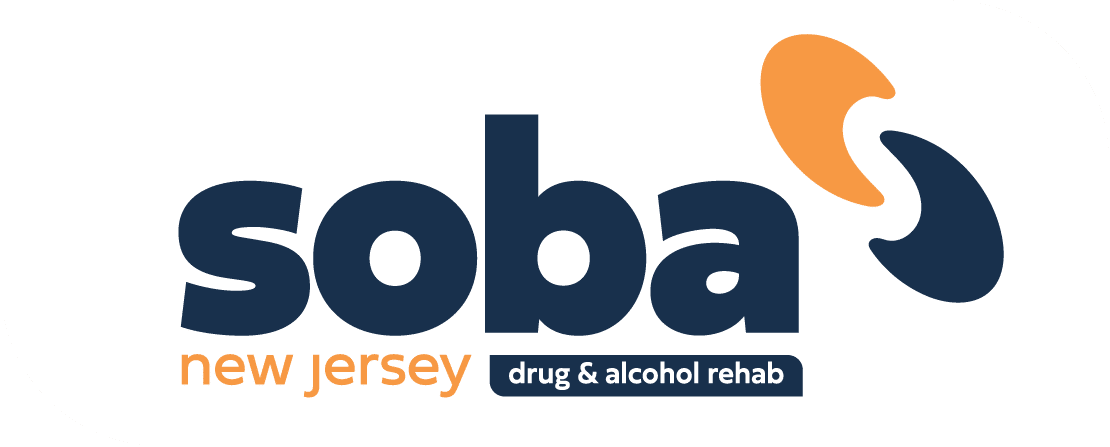Anyone can become addicted to drugs. Of course, no one wants or expects it to happen to them, but many people in our country and around the world develop new drug addictions every year. Many more continue to suffer from existing ones.
Understanding addiction can be difficult because it seems impossible to know who will succumb to it. Drug addiction is tragic and painful, and if someone experiencing addiction does not seek and find the help that he or she needs, it can result in years of intense challenges, and even in that person’s eventual demise.
Although addiction can happen to anyone who uses recreational or addictive prescription drugs, research shows that some people are more susceptible to addiction than others. A number of factors are at play when it comes to which users become dependent on drugs and those who do not. Knowing these potentially determining factors can help at-risk individuals to be aware of the likelihood of addiction happening to them.
If you are interested in learning more about some underlying causes that can contribute to drug abuse and addiction, read on. This information may help you or it may help you help someone else down the road.
1. Family
Many people recognize that addiction often runs in families. The reasons for this factor are two-fold. On one hand, many doctors and addiction professionals believe that to some extent, addiction is genetic. On the other hand, children of individuals addicted to drugs or alcohol may be more likely to drink and use drugs simply because they have watched their parents use them time and time again.
However, there are plenty of people out there with parents who suffered from addiction who don’t end up becoming addicted themselves. There have been a number of studies about the genetics of addiction and while experts agree that genes do play a part in the development of addictions, how much they play a part is still in question.
Environmental influences in the home are a factor as well. If a child grows up seeing his or her mother or father drinking and doing drugs on a regular basis, it makes sense that the child would emulate this behavior in adulthood.
When it comes to family and addiction, this factor is a perfect example of nature and nurture working together in concert. If a child grows up in a home where drug abuse is present, it is more likely that he or she will become an addict too.
2. Mental Health Issues
Another indicator for potential addiction problems is the presence of mental health issues. Today, one in six Americans lives with a mental illness, and over twenty million Americans suffer from addiction to drugs or alcohol. As you might imagine, there is a great deal of overlap here; according to a 2014 survey by the National Institute of Mental Health, 7.9 million Americans struggle with both mental illness and a substance abuse disorder simultaneously.
The reason for this is not surprising and makes sense when working towards understanding addiction. People who suffer from conditions such as depression, anxiety, post-traumatic stress disorder, bipolar disorder, schizophrenia and other issues often self-medicate with drugs and alcohol. This leads to further and more intense mental health issues which, in turn, leads to more self-medication. It’s easy to see how people who are suffering in this way can become addicted in time.
3. Chronic Pain
Chronic pain has led to addiction for many people over the centuries, but this connection is true now more than ever. The opioid epidemic is raging out of control in the United States and well over a hundred people die every day from overdoses in our nation. Although there has been some small progress on this issue, there is still a long way to go in defeating this issue.
Many people are prescribed prescription painkillers after an injury or to relieve pain for degenerative diseases. However, as time goes on, quite a few find it difficult to quit or even cut back on dosages. This can lead to ongoing addiction issues, and in some cases, can result in the abuse of harder, illegal drugs.
Doctors are much more careful about prescribing these drugs in recent years than they were a decade ago, but both patients and medical professionals need to be very careful when using addictive substances as treatment. Although no one wants to be in pain, it’s much easier to take less in the beginning than to break free from addiction later on.
4. Socioeconomic Status
People from all levels of socioeconomic status experience addiction, but research shows that drug abuse is often more prevalent among the poor. The reasons for and implications of this are numerous. People who struggle financially sometimes turn to drugs to cope with their everyday challenges and some drugs are more accessible and their use more widely accepted in lower-income areas.
When someone is surrounded by drug use from a very young age, he or she will be more likely to use it as an adult. Furthermore, people who come from lower-income backgrounds tend to have less access to drug treatment opportunities. This can make finding help and lasting change a much larger challenge for them.
Understanding Addiction: Many Moving Parts
Clearly, there are many different things that may contribute to the development of addiction in any individual. These are four factors that seem to play a large part, but even without any of these issues in play, some people still experience addiction. Understanding addiction is complex and we are still learning more about it all the time. Perhaps someday it will be possible to determine with more accuracy who is at risk and who is not, but that time has not yet come.
If you or a loved one is suffering from addiction, there is help, and people do recover. Give us a call today and let us help you. We are standing by to answer your questions and to offer support. We can’t wait to hear from you.










